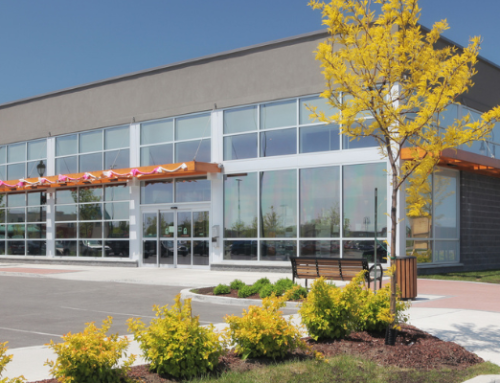By Jennifer French, CPA
Even as federal interest rates remained unchanged in September, business and economic environments continue to add difficulty and complexity for construction and real estate. Proactive cash flow planning can help businesses manage risk in an uncertain market.
Impact of Interest Rates on Construction and Real Estate
The Fed has raised interest rates 11 times since March 2022. In its September 2023 meeting, rates held steady, but one more rate hike is expected before year-end. Fewer rate reductions are planned for next year; a more restricted interest rate policy going into 2024 adds uncertainty to cash flow planning for construction and real estate.
Another indicator for construction and real estate, the 10-year Treasury yield, is at its highest point since 2007. And apartment cap rates, at 5.1 percent, haven’t kept pace with Treasury rates. For construction and real estate, that means higher lender scrutiny, more likelihood of project delays, and less demand for certain types of assets.
Insight: The cap rate is the primary metric used to evaluate the profitability and return potential of real estate investments. It measures the property’s annual yield when bought with cash and without a loan. As interest rates rise, cap rates tend to increase, too. Cap rates allow investors to more easily compare the returns and profitability of real estate assets. Average cap rates for different types of property classes can vary widely, and it’s only one consideration of an asset’s projected rate of return.
Higher borrowing costs – another effect of high interest rates – have hampered construction and real estate for months, and won’t be going away anytime soon. Contractors will need to ensure they have access to capital should they need it and keep the focus on maintaining positive cash flow.
Nevertheless, economists do not predict a recession, which was a major concern for construction and real estate stakeholders for several months.
Challenges to Construction Cash Flow Management
While construction and real estate remains in a high-interest environment, cash flow planning is critical. But because of how construction projects are typically managed, achieving a balance between inflows and outflows can be challenging.
For example:
- Progress payments can help to keep cash flow coming at regular intervals, but customers usually still have two or three months to pay when they get an invoice.
- Retainage, another cash flow and project planning tactic, is encouraged, but it can still take several months to see a payment.
- Submitting a project invoice 60 to 90 days after a project begins is normal; however, that also means the contractor has to plan for significant upfront costs.
In either of these scenarios, contractors are often left playing a delicate balancing game between project deadlines, labor needs, and cash flow.
It’s been clear for some time that the cost of borrowing is higher and the lending market is tighter. Higher interest rates on existing lines of credit have seriously impacted profitability – yet another challenge for cash flow management.
Other common cash flow challenges that contractors need to monitor are:
Solutions to Manage Cash Flow for Construction and Real Estate
Smart cash flow management is proactive business management. Cash flow forecasting can help construction contractors better manage planning and risk, track costs, create budgets, and allocate resources. These are strategies to consider in any economic climate, but especially amid high interest rates.
When conducting cash flow projections, it’s important to include multiple scenarios; at least three, but perhaps more in an uncertain environment. Use information gleaned from budgeting and risk management activities to make informed, data-driven decisions. Forecasting helps to identify the best times to buy (or not) materials based on pricing, labor shortages, or work delays, for example.
Regular communications with lenders can help identify opportunities to save cash on any debt service and keep tabs on available lines of credit. External business advisors, like PBMares, can help identify additional working capital resources and cash flow strategies.
Using updated construction and real estate accounting software can make a big difference. The key differentiator is having an advisor who can interpret the numbers, spot patterns and trends, and help to manage risk. For more guidance on managing your construction and real estate business in a high inflation environment, contact Jennifer French, Team Leader of PBMares’ Construction & Real Estate practice.





